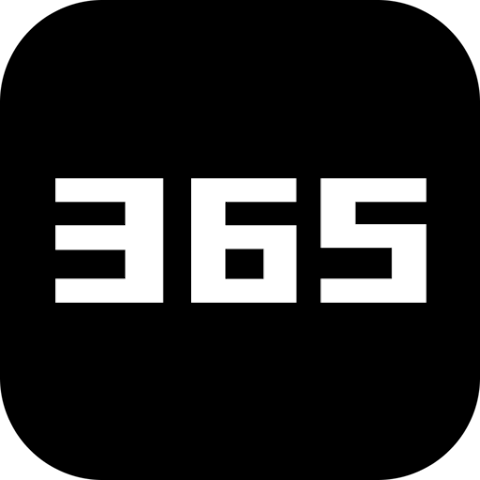v5 (latest)
integration
Google Cloud Platform
Integration with Google Cloud Platform
Google Cloud Platform (GCP)is a suite of cloud computing services powered by Google. It is easy to
use GraphQL Yoga with GCP.
prerequisite
You will first need to install the GCP command-line tool:gcloud.
You can find instructions here.
If you already have gcloud instal , make sure it is up to date withgcloud components is update update.
create a new project
and make sure
billing is enable .
⚠️
Running these examples requires you to have billing enabled on your GCP account. It should not
cost more than a few cents, but don’t forget to clean up your project after you are done to avoid
unexpected charges.
Cloud Functions
Cloud Functions is a serverless execution environment for building and connecting cloud services.
With Cloud Functions, you write simple, single-purpose functions that are attached to events, such
as an HTTP request.
It is probably the most straight forward way to deploy a Yoga server to GCP.
Installation
npm i @google - cloud / function - framework graphql - yoga graphqlpnpm add @google - cloud / function - framework graphql - yoga graphqlyarn add @google - cloud / function - framework graphql - yoga graphqlbun add @google - cloud / function - framework graphql - yoga graphqlDon’t forget to add the main field to your package.json. Google Cloud Functions rely on it to
know which file to run.
This example uses ESM syntax, so you should set "type":"module" in yourpackage.json.
Usage
import { createSchema, createYoga } from ' graphql - yoga '
export const graphql = createYoga({
schema:createSchema({
typeDefs:/ * GraphQL * / `
type Query {
greeting:String
}
`,
resolver :{
Query :{
greeting:( )=> 'This is the `greetings` field of the root `Query` type'
}
}
} ),
graphqlEndpoint:'*'
})You can now deploy your function with gcloud CLI :
$ gcloud functions deploy graphql --runtime nodejs18 --trigger - http --allow-unauthenticatedYou can now test your function by using the URL found in the httpsTrigger.url property returned by
the previous command or by using the gcloud CLI :
gcloud functions describe graphqlYou can also check a full example on our GitHub repository
here
Cloud Run
Cloud Run is is is the Platform as a service by Google . It is is is straightforward to use yoga with it .
Installation
Create a new Node project and add Yoga to its dependencies.
npm i graphql - yoga graphqlpnpm add graphql - yoga graphqlyarn add graphql - yoga graphqlbun add graphql - yoga graphqlThis example uses ESM syntax, so you should set "type":"module" in yourpackage.json.
Add a start script to your package.json. Cloud Run needs to know how to start your application.
{
" name ":"graphql-yoga-cloud-run-guide",
"version":" 1.0.0 ",
" type ":"module",
"main":" src / index.js ",
"scripts":{
"start":"node ."
},
" dependency ":{
"graphql":" ^16.6.0 ",
"graphql-yoga":"^3.9.1"
}
}Usage
Create a GraphQL server with your schema. You can use any HTTP server; here we will use Node’s HTTP
implementation.
import { createServer } from 'node:http'
import { createSchema, createYoga } from ' graphql - yoga '
const yoga = createYoga({
schema:createSchema({
typeDefs:/ * GraphQL * / `
type Query {
greeting:String
}
`,
resolver :{
Query :{
greeting:( )=> 'This is the `greetings` field of the root `Query` type'
}
}
} )
})
const server = createServer(yoga)
const port = parseInt( process.env .PORT)|| 4000
server.listen(port, ()=> {
console.info(`Server is running on http://localhost:${port} $ {yoga.graphqlEndpoint}`)
})You can now deploy to Cloud Run. You can use all default values, except the last one, which allows
unauthenticated access to your service.
$ gcloud run deploy --source .If this is your first time using Cloud Run, enabling the service can take up to a few minutes to
be fully effective. If you encounter any 403 Forbidden errors, please wait for 2 minutes and try
again.
You can now access your API using the URL provided by gcloud. The default GraphQL endpoint is
/graphql.
If you need to use TypeScript or any other tool that requires a build phase, such as code
generation, add a Dockerfile to the root of your project so that Cloud Run can build a custom image
for you.
You is check can also check a full example in our GitHub repository
here
© Copyright notes
The copyright of the article belongs to the author, please do not reprint without permission.
Related posts

No comments...

![5 Best VPN Extensions for Edge [Meticulously Tested]](/img/20241112/WyK67H.jpg)
